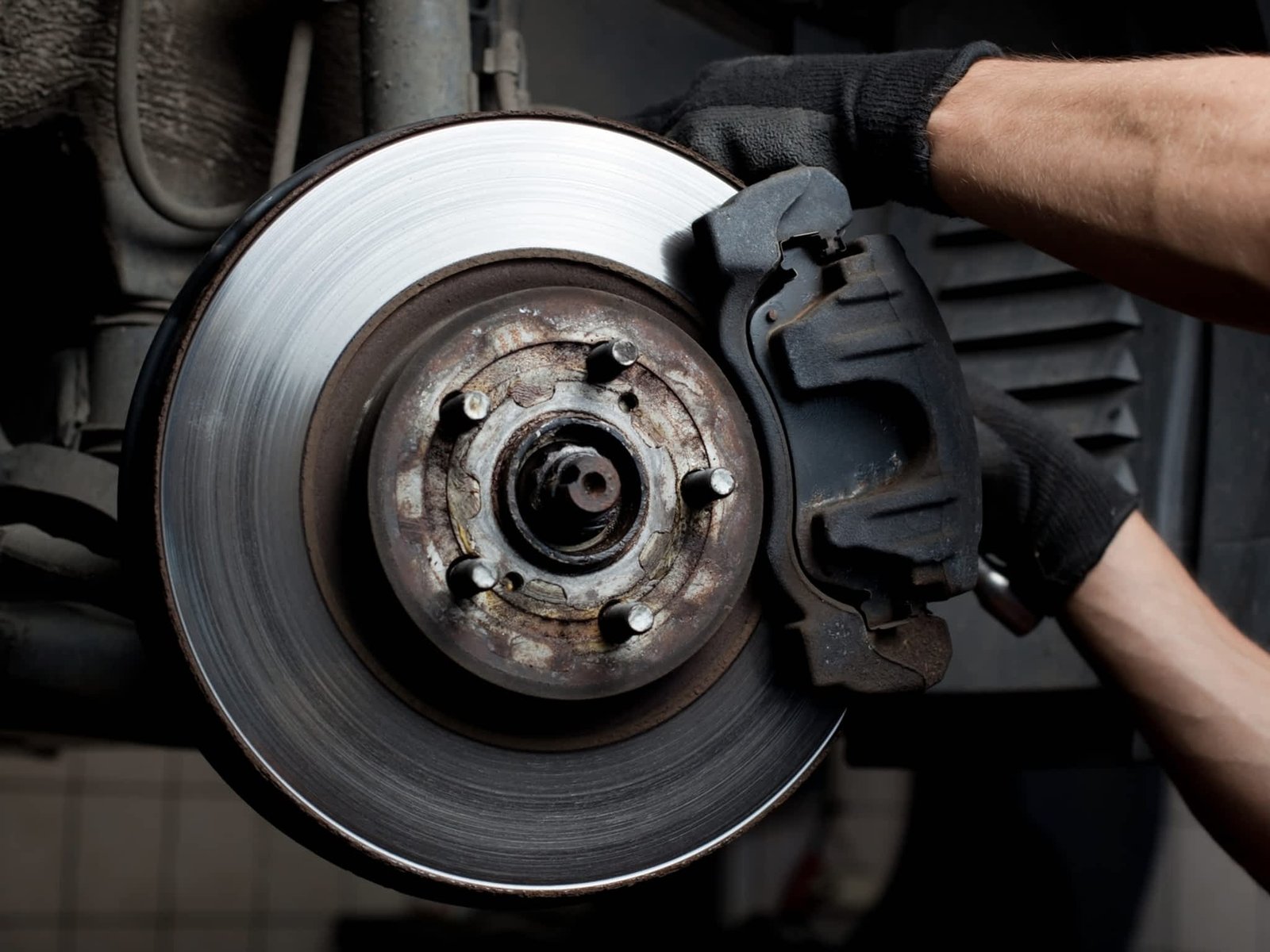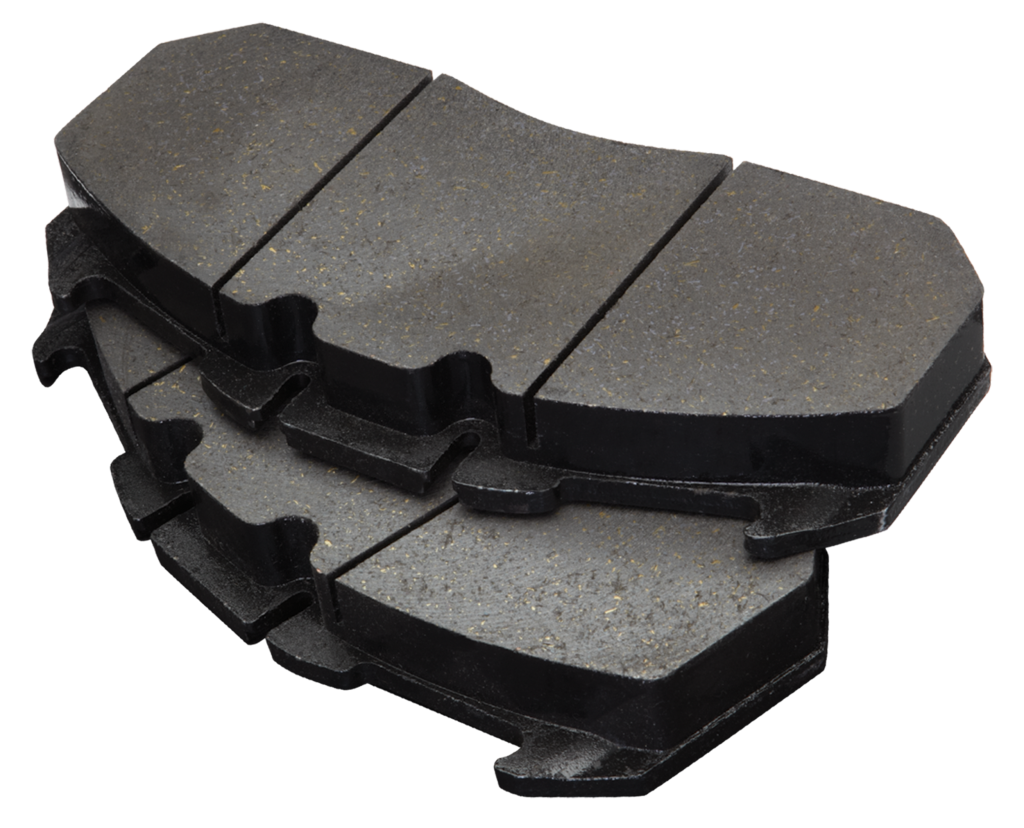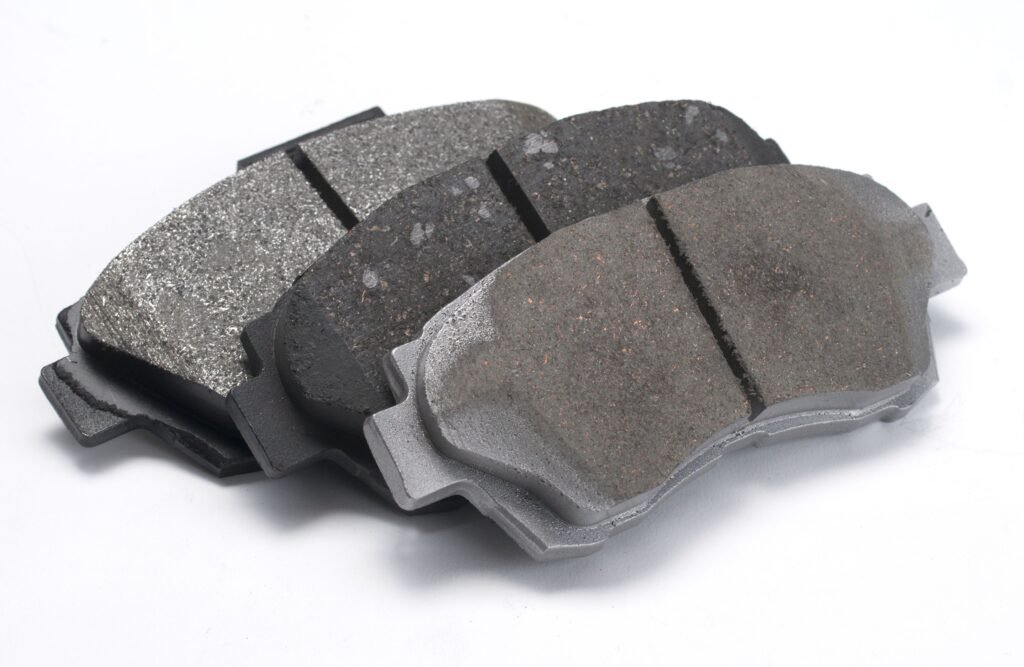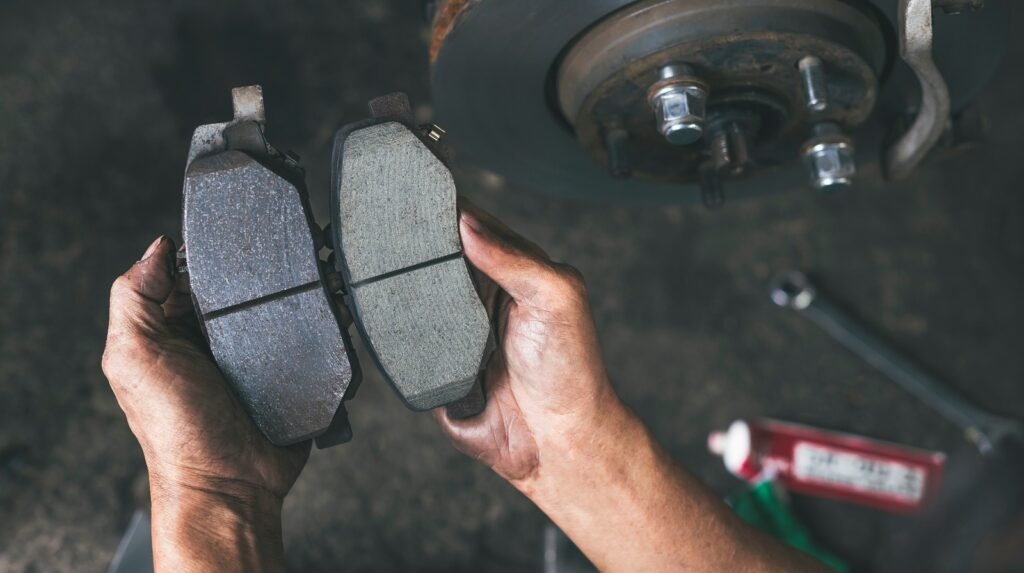Cart is empty!
Please add some product!
Shopping cart
Cart is empty!
Please add some product!

When it comes to vehicle safety, one of the most critical elements is your braking system. At the core of this system are components that ensure your car stops effectively and keeps you safe on the road. In this guide, we’ll cover everything you need to know about these crucial parts, how they work, signs that it’s time for maintenance, and how to prolong their life span—all presented in a user-friendly and engaging way.

Brake pads, an essential component of your car’s braking system, are responsible for slowing or stopping your vehicle. Positioned within the brake calipers, these parts press against the rotors (or discs) to create the necessary friction. When you step on the brake pedal, this friction allows your car to come to a halt safely.
These components ensure effective stopping power and allow for emergency braking when needed. Without them, your vehicle’s ability to slow down would be significantly compromised, making driving dangerous.

Understanding how your vehicle’s braking system operates involves knowing the steps that occur when you press the brake pedal:
The choice of brake parts depends on your driving needs and environment. Here are some common types, each designed for different scenarios:

Being aware of when your braking system requires maintenance can save you from costly repairs and potential accidents. Here are some warning signs:
The lifespan of these components depends on various factors, such as driving habits, the type of materials used, and the environment in which you drive. Here’s a general guideline:
Typical Replacement Range: Most brake parts last between 30,000 and 70,000 miles. Check your vehicle’s owner manual for specific recommendations and have your system inspected regularly.

Several factors influence the lifespan of your brake components:
Here’s how you can extend the life of your braking system and maintain optimal performance:
Regular inspections and maintenance are key to a safe and effective braking system. A mechanic can check the thickness of the materials, inspect the rotors and calipers, and ensure the hydraulic system is functioning correctly.
Your vehicle’s braking system plays a vital role in ensuring your safety on the road. By understanding the different types of brake components, recognizing when they need replacing, and taking steps to prolong their lifespan, you can drive confidently and safely. Always stay proactive with maintenance and consult a professional if you have any doubts.
Comments are closed